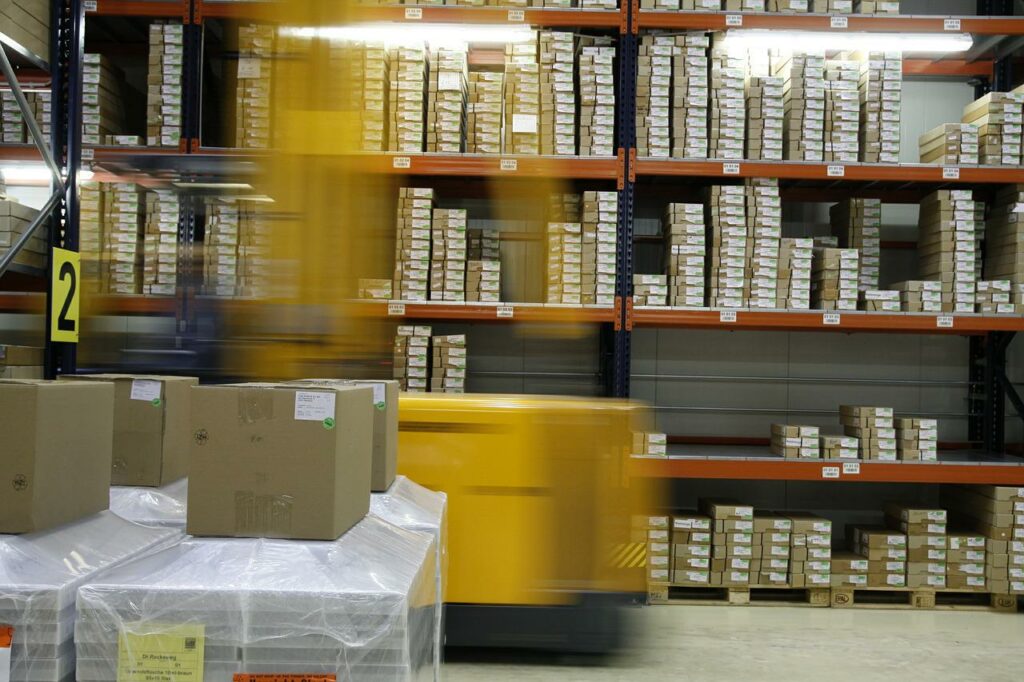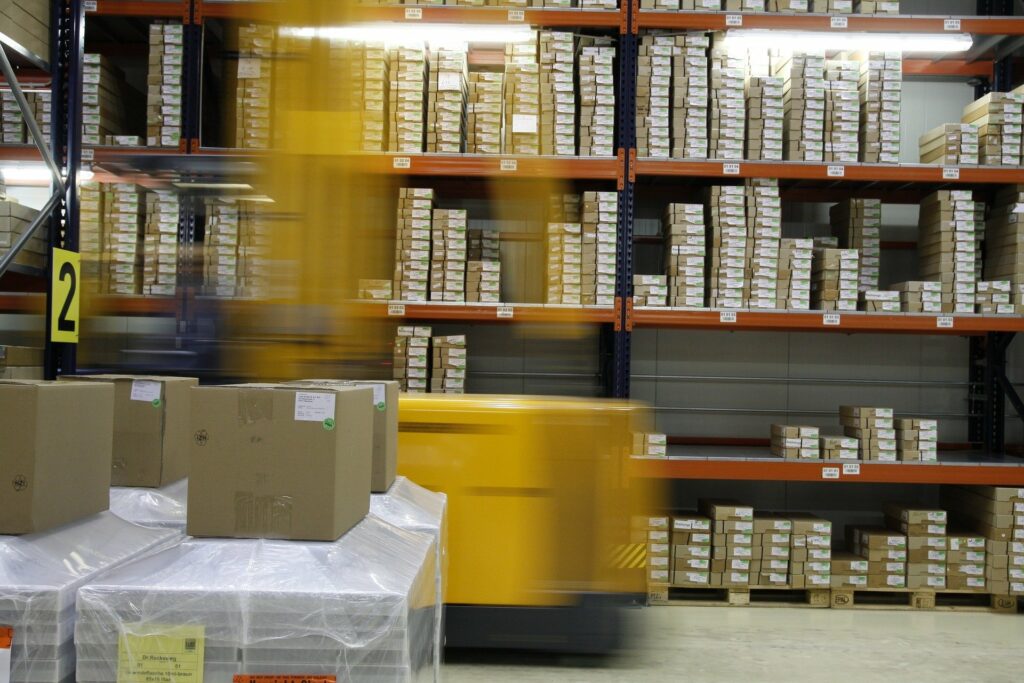Es la herramienta que necesitas si quieres gestionar en tiempo real y de manera eficaz tu almacén. Su implementación te ayudará a reducir tiempos de trabajo, a mejorar los resultados económicos y reducir errores humanos
La logística de almacenaje busca siempre soluciones que le ayuden a dar una respuesta más eficiente. El Sistema de Gestión de Almacenes o SGA cumple con este objetivo.
El SGA permite que los almacenes de las empresas, sin importar su tamaño, mejoren sus procesos de trabajo, gracias a un mayor control de los movimientos.
Hoy te contamos qué significa SGA, cuáles son sus funciones y beneficios de integrarlo en el ERP de la empresa, donde se almacenan el resto de datos del negocio.
¿Qué es un sistema de gestión de almacenes?
El Sistema de Gestión de Almacenes (SGA) o Warehouse Management System (WMS) es un software cuyo objetivo es gestionar el movimiento de mercancías en un almacén.
El mismo te permite saber dónde se encuentra cada producto y encontrarlo en el momento que sea necesario, ahorrando tiempo y siendo más eficientes.
El SGA puede funcionar de manera independiente y obtener así los KPI de la cadena de suministro, o integrado en el ERP de tu negocio, de manera que se puedan cruzar todos los datos útiles del negocio.

Para que funcione, el almacén debe estar correctamente equipado y contar con tecnologías de logística como:
- Una antena WIFI, gracias a la cual se puedan captar y actualizar todos los datos en tiempo real.
- Una impresora de etiquetas donde se almacenen los datos del producto
- Lectores acordes para obtener la información de esas etiquetas
- Arcos de lectura en caso de leer palets
Funciones del sistema de gestión de almacenes
Ahora que ya sabes qué es un sistema de gestión de almacenes (SGA), pasemos a ver en qué te ayuda este servicio de logística:
- Recepción de mercancías: de manera que en todo momento sepas si entran o salen los productos de tu almacén.
- Seguimiento de las existencias: de manera que sepas si necesitas hacer nuevos pedidos para poder dar servicio a tus clientes o para continuar con la cadena de trabajo de tu negocio. Y siempre en tiempo real.
- Garantizar la eficacia del almacenamiento: ya que se reducen tanto los tiempos de ejecución de los operarios, como los posibles errores humanos.
- Preparación de pedidos y envíos: mucho más rápida, puesto que el SGA está conectado con tecnologías de la logística que así lo permiten.
- Suministro de información a los gestores: lo que te permite tener una mejor previsión de gestión de los pedidos, tanto los que la empresa debe recibir, como los que envía.
- Despacho de mercancías: para el que vas a crear unas etiquetas con unos códigos de barras concretos, donde aparecerá toda la información de dónde están ubicados esos paquetes.
¿Cuáles son las ventajas de la integración del SGA con el ERP?
Como ya hemos dicho al comienzo, el SGA puede funcionar de forma independiente en un almacén o, por el contrario, integrarlo en un ERP.
En nuestra opinión, si quieres mejorar la eficiencia de tu almacén, la segunda opción es la más oportuna, ya que esta integración permite:
- Mejora de la visibilidad y la colaboración: tanto interna como externa. A nivel interno, porque los operarios saben, de un vistazo a su tablet, donde se encuentra un producto y también lo pueden comunicar a otras personas del equipo, en el mismo momento en el que les hacen la consulta. A nivel externo, porque tú puedes conectar o personalizar tu SGA, para integrarlo con el de la empresa de transporte o de distribución y así saber dónde están tus productos o cuánto van a tardar en llegarte.
- Mayor precisión: ya que los datos que se registran son fiables y se actualizan en todo momento. De esta forma, se reducen los errores humanos que se producen cuando el proceso se hace de forma manual.
- Mejorar la toma de decisiones: puesto que tienes, en tiempo real, los datos que necesitas para mejorar la gestión de tu negocio, evitando así futuros problemas con clientes y proveedores.
- Ventas y servicio al cliente más inteligentes: al integrarse con el resto de datos de la empresa, el nivel de datos es tal, que te puedes adelantar a las necesidades de los clientes o, incluso, saber qué productos le gustan más o menos y proponerle similares cuando lleguen las novedades.
- Mayor agilidad: porque todos los datos están en un mismo sistema, pero ordenados de manera eficiente y útil para la toma de decisiones.
- Facturación más rápida: al reducirse errores y tiempos de gestión, los procesos de venta son mucho más rápidos y, sobre todo, más seguros, lo que repercute en el tema de la facturación.
- Seguimiento de la productividad: permitiendo así ver si hay puntos de mejora, al poder observar cuáles son los puntos donde se invierte más tiempo.
- Mayor agilidad: porque todos los datos están en un mismo sistema, pero ordenados de manera eficiente y útil para la toma de decisiones.
- Facturación más rápida: al reducirse errores y tiempos de gestión, los procesos de venta son mucho más rápidos y, sobre todo, más seguros, lo que repercute en el tema de la facturación.

- Seguimiento de la productividad: permitiendo así ver si hay puntos de mejora, al poder observar cuáles son los puntos donde se invierte más tiempo.
Conclusión
Incluir un software de Sistema de Gestión de Almacenes a tu empresa es la mejor solución para lograr que esta parte del negocio sea más eficiente, ya que el acceso rápido al registro y la captura de datos permite que los operarios mejoren su forma de trabajar.
Si, además, lo unes con tu ERP, mejorarán la toma de decisiones del negocio, así como la relación entre diferentes departamentos de la empresa, al poder tener los datos en tiempo real y, por tanto, también aumentará la facturación.



